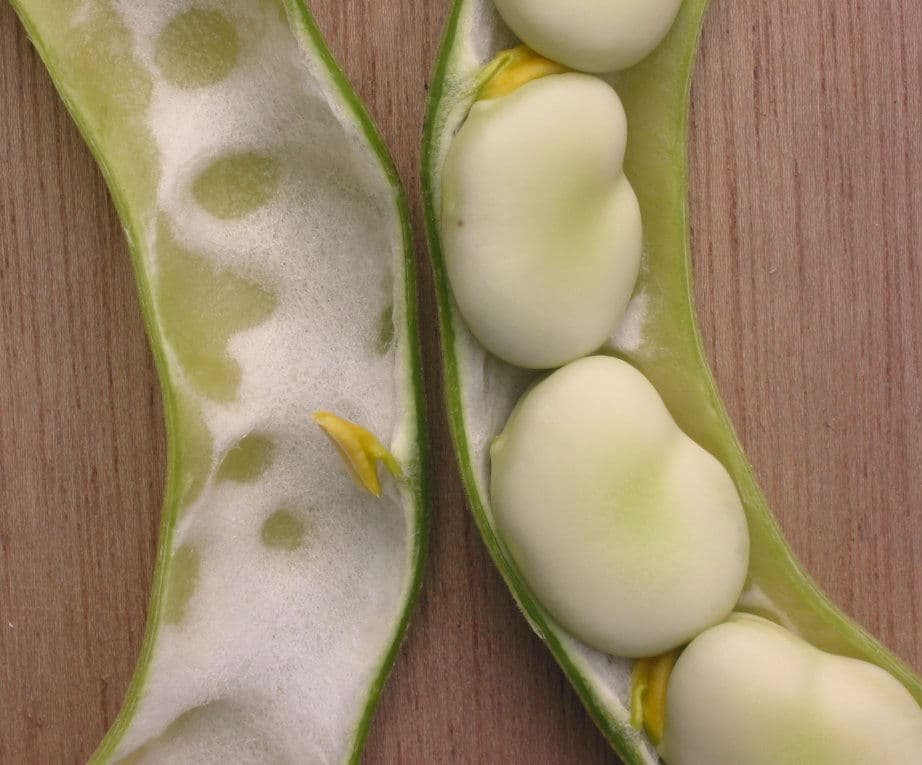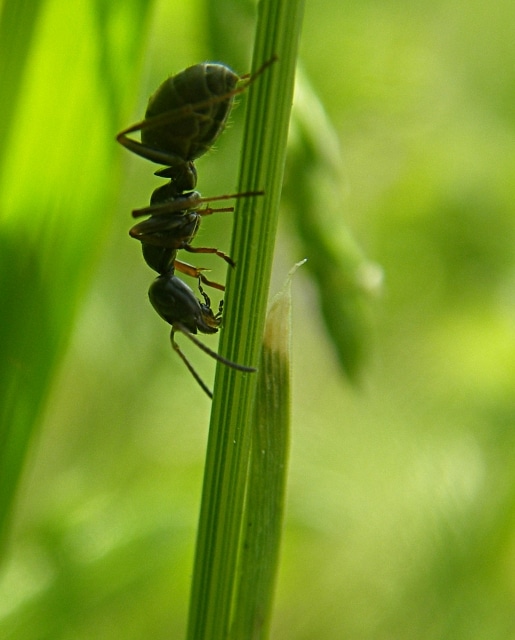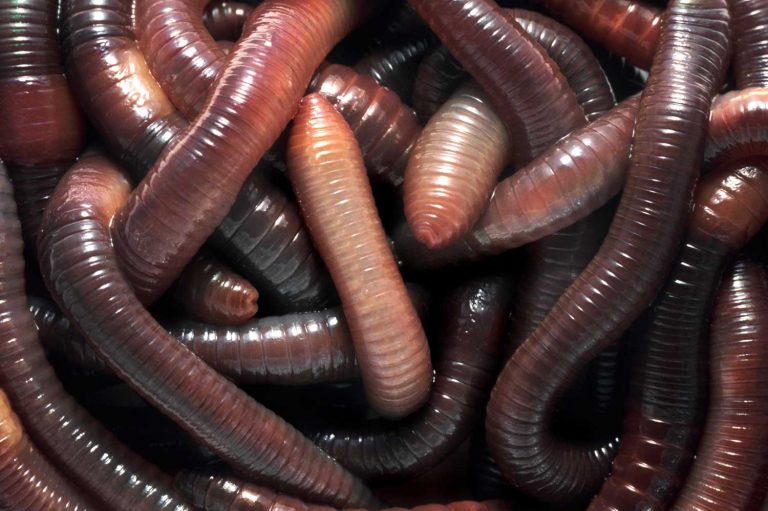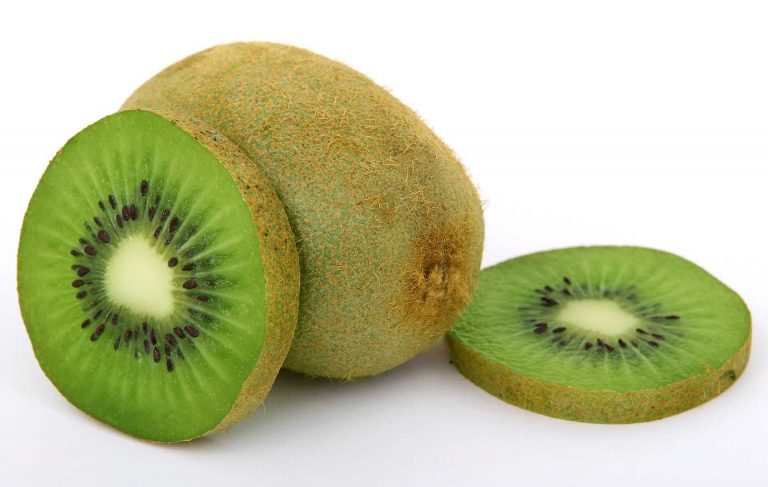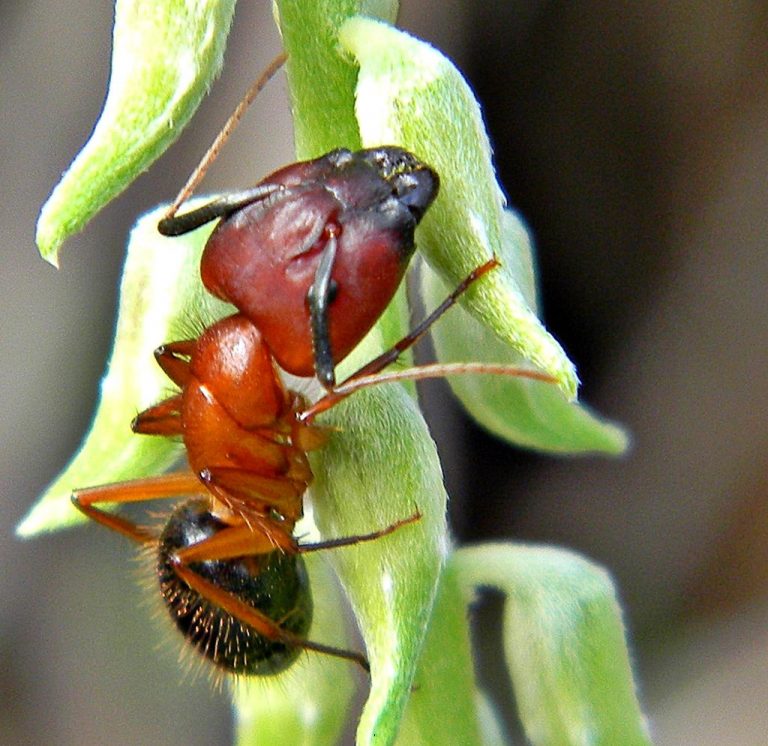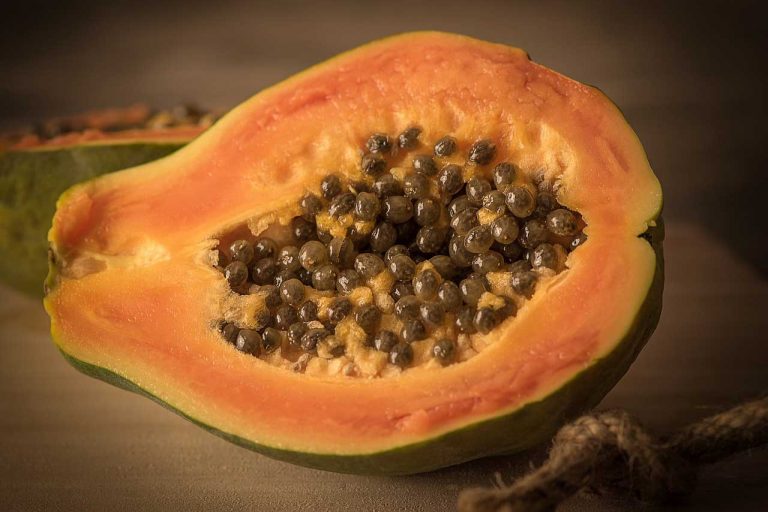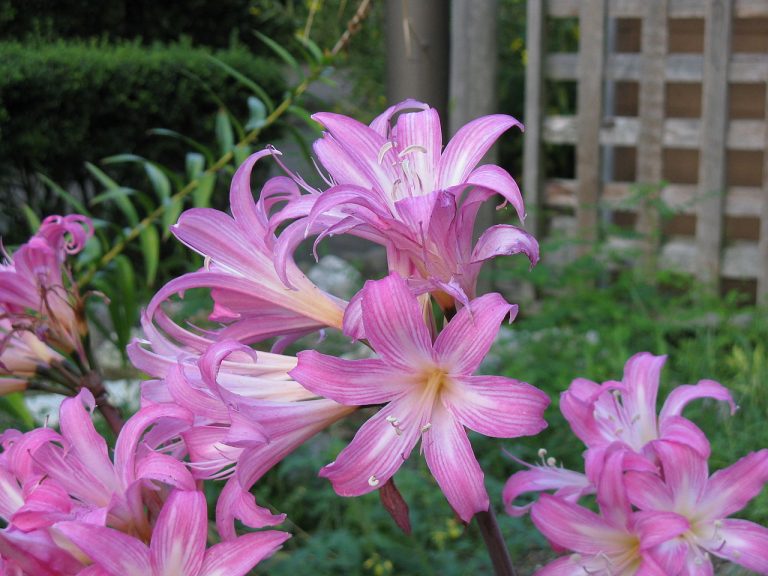Broad Beans
Scientific Classification
| Kingdom: | Plantae |
| Division: | Magnoliophyta |
| Class: | Magnoliopsida |
| Order: | Fabales |
| Family: | Fabaceae |
| Subfamily: | Faboideae |
| Tribe: | Vicieae |
| Genus: | Vicia |
| Species: | V. faba |
| Binomial name: | Vicia faba |
Vicia faba, is a type of bean, which is also familiar as tic bean, broad bean, bell bean, fava bean, field bean or faba bean.
Anatomy
Fava greens, which are extensive flat seeds, grow in soft thick pods. With the easy availability of numerous types of broad beans, one may find these beans varying both in color (black, purple, white beige, brown) as well as size of seeds. Usually, the plants are huge, about 2-5 feet in height and with leaves covering them. The stems are square and hollow, but being rigid, they need less staking, even though they tend to bust later, with the load of the pods.
Habitat
Vicia Beans come from the natural bean family of Southwest and South Asia and North Africa.
GROWING AT HOME
Soil for Planting
- It is very vital to select a well-drained spot, thoroughly dug and widely enriched with well-rotted manure or garden compost.
- A luminous spot with plenty of sunlight is best to grow Broad beans.
- A shed is also necessary.
- Try to avoid a saturated soil that allows for water logging, or the type that dries out rapidly.
- Soil, strongly acidic in nature is immensely harmful for the beans. Neutral to insignificantly alkaline soils (6.0 – 7.5 approx) is ideal for growing fava beans.
Planting
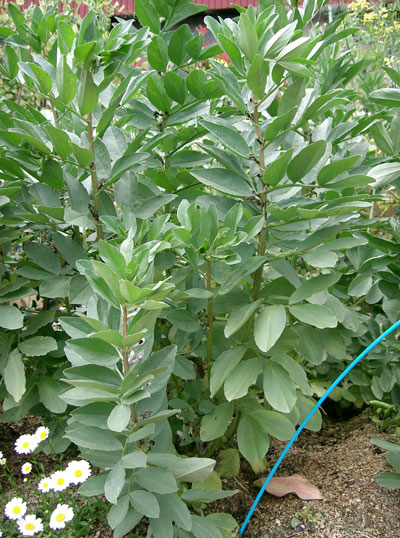
Photo by: KENPEI
You must sow the seeds at least 5-7.5cm (2-3 in) deep and 15-23cm (6-9 in) apart based on the cultivar. In the fields, one can sow 45cm (18 in) apart in single rows or in case of double rows about 23cm (9 in) apart with at least 60cm (2 ft) gap between each double row. In case of in raised beds where, one does not need space to walk between the rows to pluck, you can space gaps 23cm (9 in) apart.
You should remember to sow some extra seeds at the end of the rows, to generate some extra bean plants you can later use to fill in the spaces created by seeds that never sprout.
Watering
It is very crucial to moisten the plants very well at the beginning of flowering and two weeks after that, unless there is heavy rainfall. In case of light soils, you may have to provide a little irrigation at times.
After the first two years of seeding down, watering on a regular basis is mandatory. With the gradual maturing of the beans, watering becomes less important, as it tends to send slender and fleshy roots deep inside the soil to gather water underneath the earth.
Flowering and Maturing
The ideal time to sow the bean seeds is autumn; thus it will mature for plucking by May. Otherwise, one may also sow at regular time periods from April, so that it matures by June to September.
Care
Take care to remove overgrown weeds regularly.
In case of huge and weighty plants, staking is often a good option, while the smaller cultivars, back up each other, mostly when seeded in double rows. For the taller cultivars, you should use strings attached to tough stakes infused at 1.2m (4 ft) intervals.
When tiny pods appear in the low beam, you would do well to pinch the tips to facilitate fruit set and lessen the problems accruing from an (an aphid) black fly.
You can consider using liquid fertilizers or side dressing with the aid of balanced organic fertilizers in spring and fall.
Pest and Pesticides
Even though pests, disorders and diseases affect bell beans, there are very few instances when they severely damage them.
In late spring or the approach of early summer, Black fly, an aphid, can turn out as a serious pest problem.
Chocolate spot and broad bean rust, and similar foliar fungal diseases are common problems.
One must also take special care in wet or dull weather when the beans or seedlings might rot.
It is vital to protect the bean plants sown in autumn with the aid of fleece, since frost and snow are the real threat for the plant tissues.
Mouse traps can help to prevent stealing of seeds immediately after germination.
Small plants need fleecing to avoid notches caused on leaves by Pea bean Weevil and other pests.
Ample amount of watering and shading facilitate pollination.
One must take care about Broad bean seed beetle.
Controlled usage of manures, contaminated with hormone-based weed-killer is good to protect your crops.

Having discovered a fondness for insects while pursuing her degree in Biology, Randi Jones was quite bugged to know that people usually dismissed these little creatures as “creepy-crawlies”.

